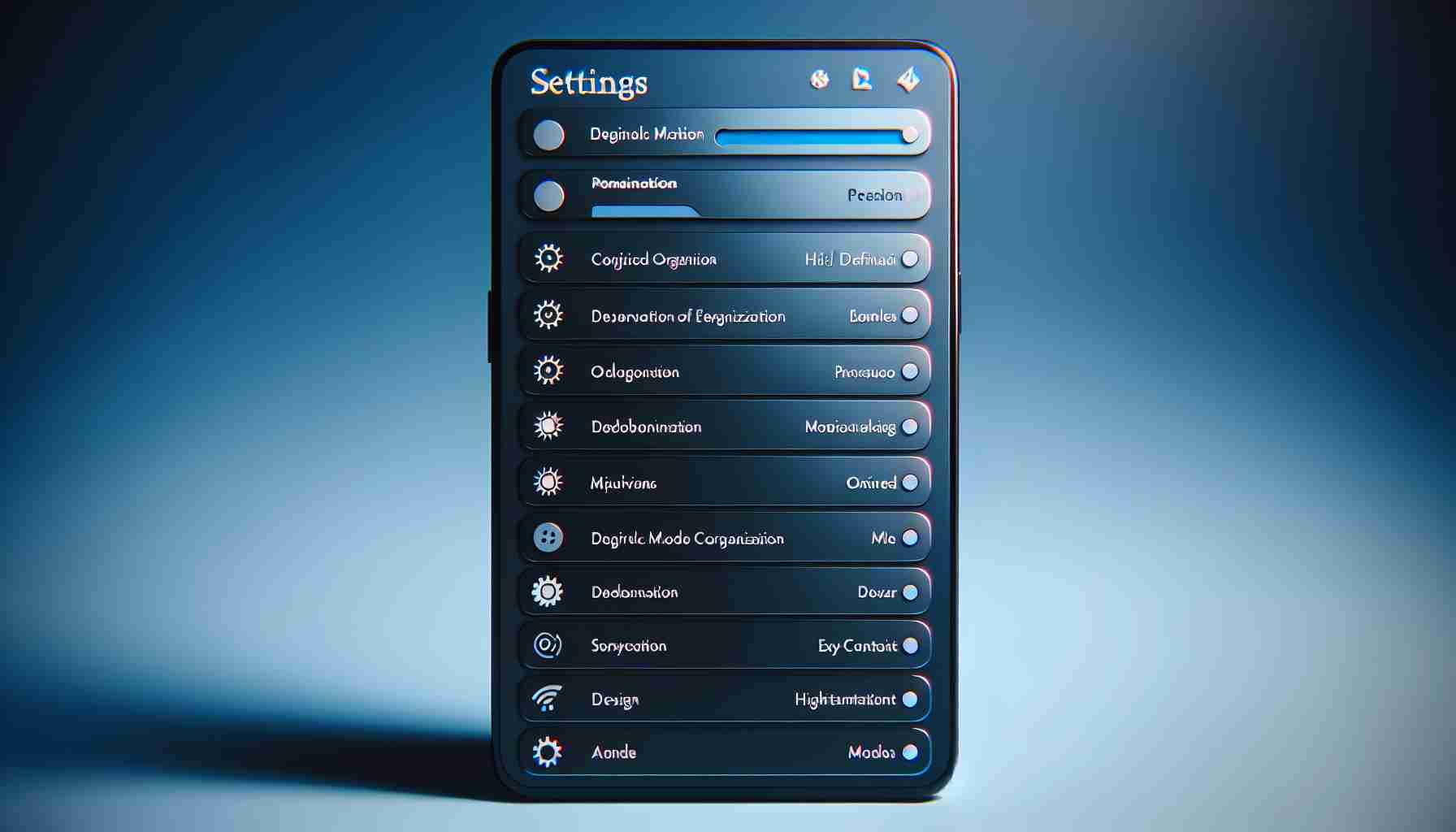Smartphone users can relate to the frustration that comes with navigating the Settings menu. From convoluted layouts to hidden options, finding the right setting can often feel like a daunting task. However, amidst the chaos, there is a glimmer of hope for those who seek simplicity and efficiency.
While Samsung’s OneUI software has been criticized for its messy Settings, there is an alternative perspective that sheds light on a potential solution. Bixby, Samsung’s digital assistant, could be the key to unlocking a more streamlined experience. By utilizing Bixby’s capabilities to manage Settings, users can seamlessly make adjustments with simple voice commands. Need to turn on the Wi-Fi hotspot or change the screen mode? Just ask Bixby, and it will handle the rest. The AI revolution in smartphones is paving the way for a future where AI manages Settings, eliminating the need for users to dive into the labyrinthine menu.
On the other hand, Apple’s iOS offers a different approach to Settings organization. With a quick swipe down from the upper-right corner of the screen on an iPhone, users can access commonly used settings such as brightness, Wi-Fi, Do Not Disturb, and more. This intuitive design reduces the need for extensive navigation, providing users with a seamless experience. Apple’s philosophy revolves around consolidating all Settings in one place, regardless of the app, resulting in a lengthy but comprehensive list.
In contrast, Samsung’s approach involves dispersing settings throughout various apps, making it challenging to find specific options. While certain settings are conveniently located within the respective app, such as Gmail or Facebook, other vital settings remain hidden or buried under obscure icons. This lack of consistent organization adds unnecessary complexity to the user experience.
However, it is worth noting that Samsung does offer customization options for quicker access to Quick Settings. Although it may require some initial setup, users can enable a feature that allows them to view all Quick Settings buttons with a single swipe. Unfortunately, discovering these options within the Settings menu itself can feel like an arduous task, reminiscent of a treasure hunt.
When put to the test, it becomes apparent that Apple’s Settings menu offers a more straightforward and efficient experience. Common tasks such as turning on the Wi-Fi hotspot or changing the wallpaper are accomplished with fewer steps compared to Samsung’s OneUI, making for a smoother user journey.
In conclusion, the organization and efficiency of smartphone Settings play a crucial role in enhancing the overall user experience. While both Samsung’s OneUI and Apple’s iOS have their merits, there is room for improvement in terms of organizing settings in a user-friendly and intuitive manner. As technology continues to advance, the integration of AI into managing Settings holds the promise of a future where users can effortlessly navigate their smartphone’s features with minimal effort.
The smartphone industry has seen significant growth in recent years, with more and more people relying on their devices for various tasks and activities. According to market forecasts, the global smartphone market is expected to reach a value of $1.4 trillion by 2026, with a compound annual growth rate (CAGR) of 7.9% during the forecast period.
As the demand for smartphones continues to rise, manufacturers are constantly striving to improve the user experience. One area that has garnered attention is the organization and efficiency of the Settings menu. Users often find it challenging to navigate through the various options and make the necessary adjustments.
In response to this, companies like Samsung and Apple have implemented different approaches to address the issue. Samsung’s OneUI software has been criticized for its cluttered and scattered Settings layout. However, proponents argue that Samsung’s digital assistant, Bixby, can simplify the process by allowing users to control settings through voice commands. This integration of artificial intelligence (AI) into managing settings is a significant step towards a more streamlined experience for smartphone users.
On the other hand, Apple’s iOS offers a different perspective by consolidating all settings into one place. Users can easily access commonly used settings by swiping down from the upper-right corner of the screen. This approach reduces the need for extensive navigation and provides a more seamless experience.
Despite the efforts made by both companies, there are still some issues related to the organization of settings. Samsung’s approach of dispersing settings throughout various apps can make it challenging for users to find specific options. This lack of consistent organization adds unnecessary complexity to the user experience.
To address this, Samsung does offer customization options for quicker access to Quick Settings. Users can enable a feature that allows them to view all Quick Settings buttons with a single swipe. However, discovering these options within the Settings menu itself can be a tedious task for some users.
When comparing the efficiency of the settings menus, it becomes apparent that Apple’s iOS offers a more straightforward experience. Common tasks, such as turning on the Wi-Fi hotspot or changing the wallpaper, can be accomplished with fewer steps compared to Samsung’s OneUI.
In conclusion, the organization and efficiency of smartphone settings are crucial in enhancing the overall user experience. While both Samsung’s OneUI and Apple’s iOS have their strengths, there is a need for improvement in terms of organizing settings in a user-friendly and intuitive manner. The integration of AI into managing settings holds the promise of a future where users can effortlessly navigate their smartphone’s features with minimal effort.
For more information on the smartphone industry and related topics, you can visit Statista – Smartphone Industry or IDC – Smartphone Market Share.
The source of the article is from the blog scimag.news
